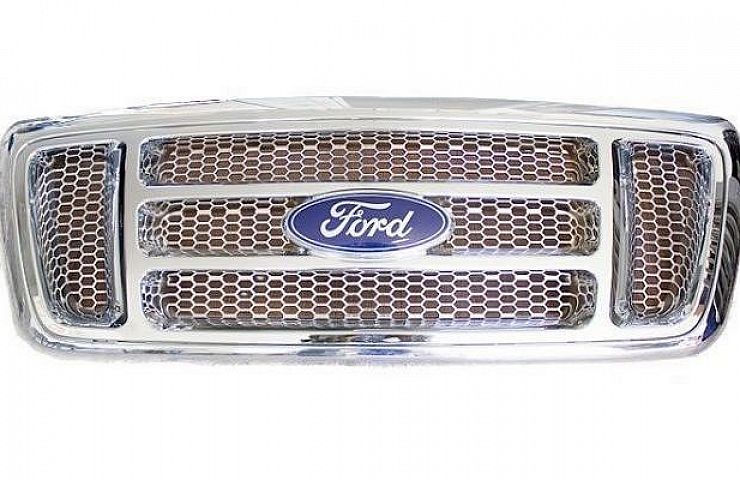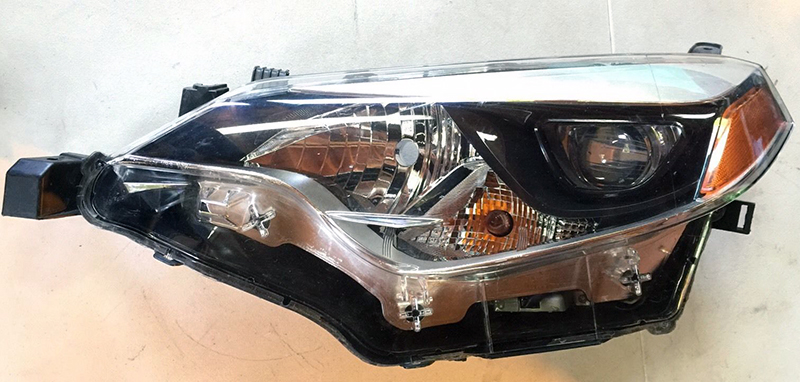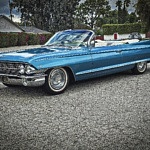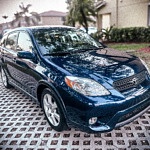In the first installment of this three-part guide on OEM versus aftermarket parts, we established the basic terms:
Original/OEM – The exact parts that came on the vehicle and were produced by the same brand-name automaker that made the car or truck.
Aftermarket – If the part was not made by or directly for the carmaker, then it’s an aftermarket part.
We also explained that, as a general rule, you can save money by buying aftermarket parts—although there are exceptions. But what about the key questions of quality, selection, and brand? Here are some answers.
Do OEM items offer better quality or are aftermarket parts just as good?
Buying an OEM part ensures that it will fit exactly as intended—but that doesn’t mean you can’t find an aftermarket part or accessory that’s just as good or better than the original. There is a very competitive market for car parts, so third-party manufacturers are not only fiercely competing against similar providers, but they often reverse-engineer parts to remove any shortcomings in the original item.
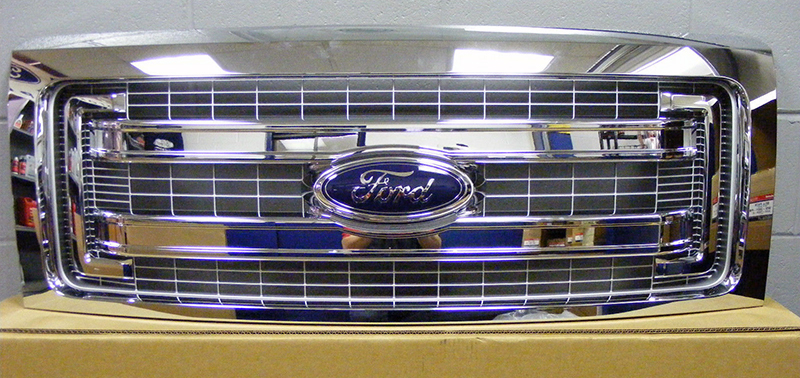
This Ford F-150 grille is produced by the OEM, so it’s quality exactly matches the original part. But it’s more expensive than the grille shown at the top of this page. That aftermarket grille doesn’t come with the Ford emblem, which is shown just for display.
These aftermarket companies fully recognize that automakers are not infallible and that they make compromises regarding the cost and performance of every single component. Smaller companies can often be nimbler and more creative—specifically when it comes to specialty items like brakes from Brembo or suspensions from Bilstein. The best aftermarket producers offer unparalleled quality. Of course, not all aftermarket products are created equal. The key is to recognize providers with the best reputation based on year of delivering excellent quality—and to avoid the fly-by-night outfits.
OEM and aftermarket parts both come either new or used. The term New Old Stock (NOS) refers to parts that were ordered by a dealership or repair shop when a specific vehicle was new—and then the part was never sold. Sometimes these parts were produced by a supplier in anticipation of demand that didn’t materialize. So OEM parts can be new or old—just the way aftermarket auto parts and accessories can be new or old. Obviously, for older parts it’s important to look at product documentation and buy only from a trusted seller.
Which kind of part provides the best selection?
With an OEM part, there’s only one brand to consider—the original one. Usually, there are only a few possible configurations of an item. That makes life a little easier compared to shopping for an aftermarket product, for which there might be dozens of different brands, each with a variety of designs based on fitment or a desired performance specification.
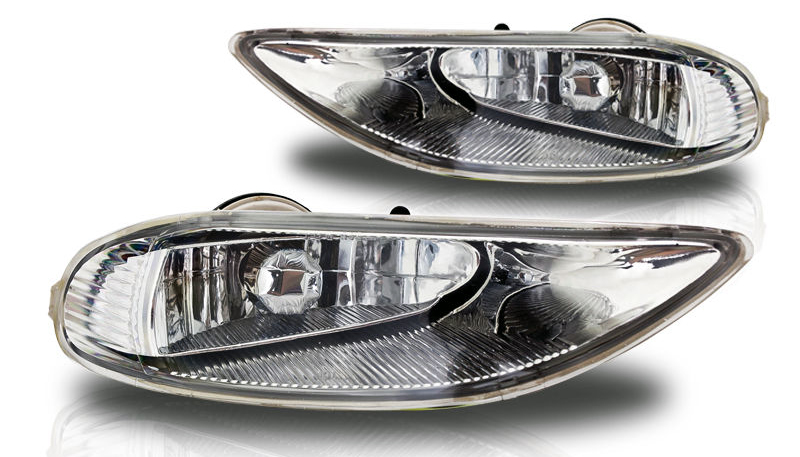
This set of aftermarket Toyota lamps (above) are brand new, but you’ll need to research the quality. They are quite a bit cheaper as a set than the single OEM lamp (below), which is used but comes right from the original manufacturer.
As a result, with aftermarket, you should narrow down to exactly what you think works best for your ride or what will make your whip look cool. (Suitability for special conditions like off-road or the track should also be considered.) Unfortunately, that means you’ll need to spend more time to confirm that it’s what you need, to find a brand you can trust, and to make sure that it works exactly as intended. Considering that an aftermarket item can provide better quality for less money, that investment in research is often worth it.
By the way, it’s generally advisable to buy OEM parts for collision repairs or any project requiring body panels. An absolutely exact fit is required on these exterior components—for both safety and aesthetics. Body panels are built to crumple in a very specific manner, as a matter of safety. It makes sense to buy a replacement with exactly the same characteristics.
Does the brand of the aftermarket product make a difference?
That’s subjective. Some buyers are quite comfortable with generic parts, which can often be cheaper. But as with any brand consideration, it allows you to become familiar with the reliability and performance of a product sold by a company. Once you find a brand that you like, it can make the shopping process go faster because you know that the next part will probably exhibit the same level of quality. Some brands have spent decades earning a reputation for quality. That will become abundantly clear by speaking with other gearheads or by conducting an online query.
Once you decide between an OEM versus aftermarket part, you still have the transaction to consider. That’s what we’ll cover in the third installment of this three-part series.

